
You're Doing It All Wrong. Here’s the Right Way to Clean Salt Stains Off Floors
As winter settles in, salt becomes a necessary tool for keeping roads and sidewalks safe. But while it prevents slips outside, it creates a different problem inside: those stubborn, chalky white stains on your floors. They look bad, they’re hard to remove, and if you ignore them, they can damage your flooring over time.
Many people try mopping with water or using all-purpose cleaners, only to find the stains still there. Here’s why those methods don’t work—and the correct way to finally get rid of salt stains for good.
1. What Salt Stains Really Are
Salt stains form when melted snow or ice evaporates, leaving behind a mineral crust. This residue is abrasive, can dull finishes, and can weaken certain floor materials. That’s why removing it properly is so important.
2. Why Normal Cleaning Doesn’t Work
Water alone dissolves only part of the salt—and often spreads the residue. Many multipurpose cleaners aren’t designed to neutralize minerals, so the white streaks remain. The solution requires chemistry, not just cleaning.
3. The Best Fix: Vinegar + Water
Vinegar’s mild acidity neutralizes the alkaline salt residue.
Mix:
-
1 part white vinegar
-
3 parts warm water
It’s strong enough to break down salt but gentle enough for most floors.
4. How to Apply It Correctly
Don’t drench the floor. Lightly mist the stained area or use a thoroughly wrung-out mop. Let the solution sit for a few minutes, then scrub gently with a soft brush or microfiber cloth.
5. Never Dry Mop Salt
Dry mops simply push salt crystals around, causing scratches and spreading the residue. Stick to damp cleaning methods only.
6. Use Microfiber for Best Results
Microfiber cloths trap tiny particles without scratching. Rinse the cloth often as you clean to avoid re-depositing salt.
7. Rinse Twice
After cleaning with vinegar:
-
Rinse once with clean water
-
Rinse again to eliminate any leftover vinegar or residue
This ensures a streak-free, spotless finish.
8. Use Warm Water, Not Hot
Warm water helps dissolve salt more effectively. Avoid very hot water, which can damage some flooring materials.
9. Don’t Fall for Viral Hacks
Social media often suggests baking soda or harsh chemicals. But baking soda doesn’t neutralize salt, and strong cleaners can strip finishes. Stick to the proven vinegar method.
10. Prevent Salt Stains Before They Start
Use heavy-duty entry mats, sweep frequently, and consider a no-shoes policy in winter. The less salt that enters your home, the cleaner your floors stay.
11. Long-Term Maintenance
Seal your floors to add an extra layer of protection. Clean regularly during winter and treat stains as soon as they appear to prevent long-term damage.
News in the same category

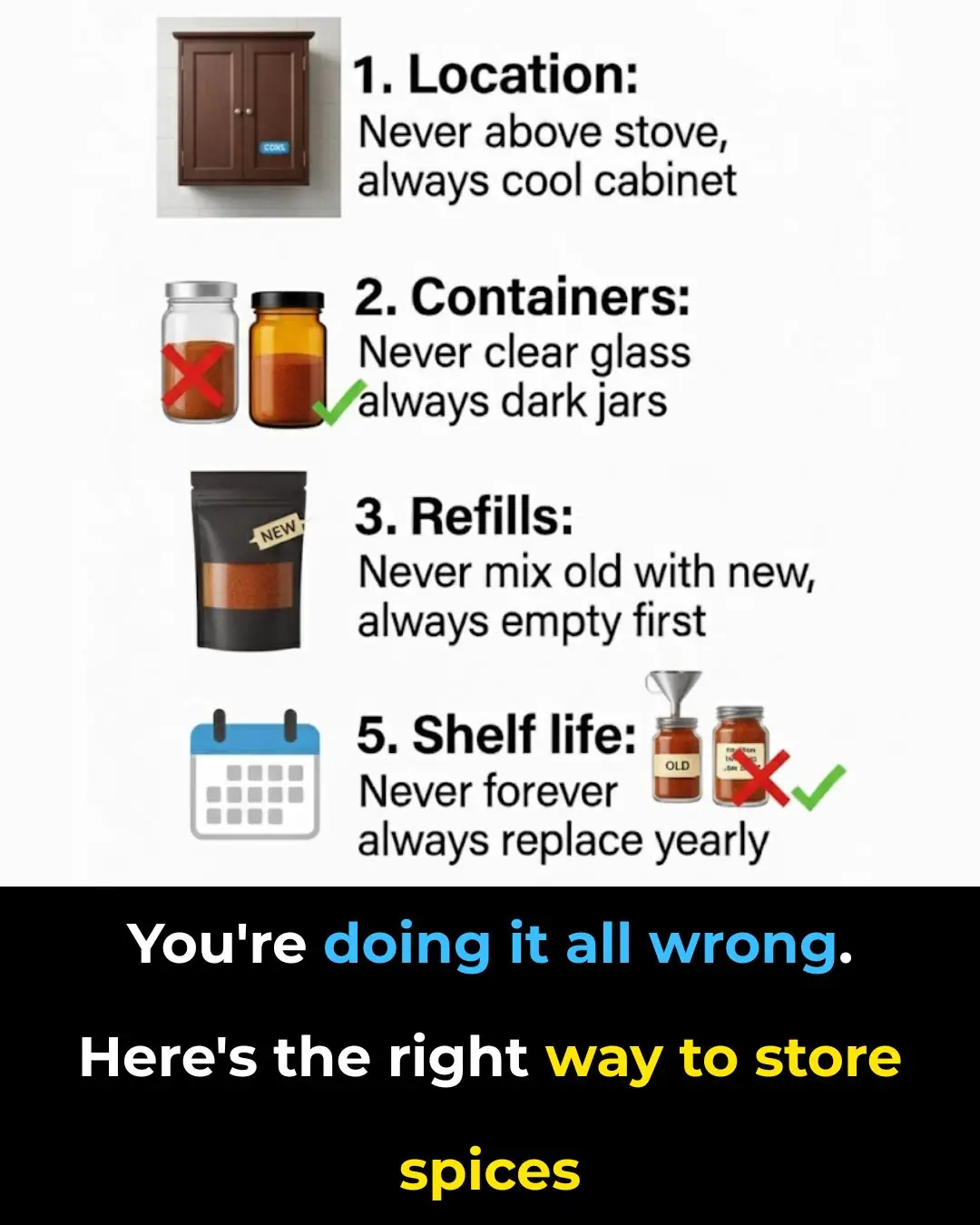
You’re Storing Your Spices Wrong — Here’s How to Do It Properly

Most People Have No Clue — The Real Reason Your Jeans Have That Tiny Pocket
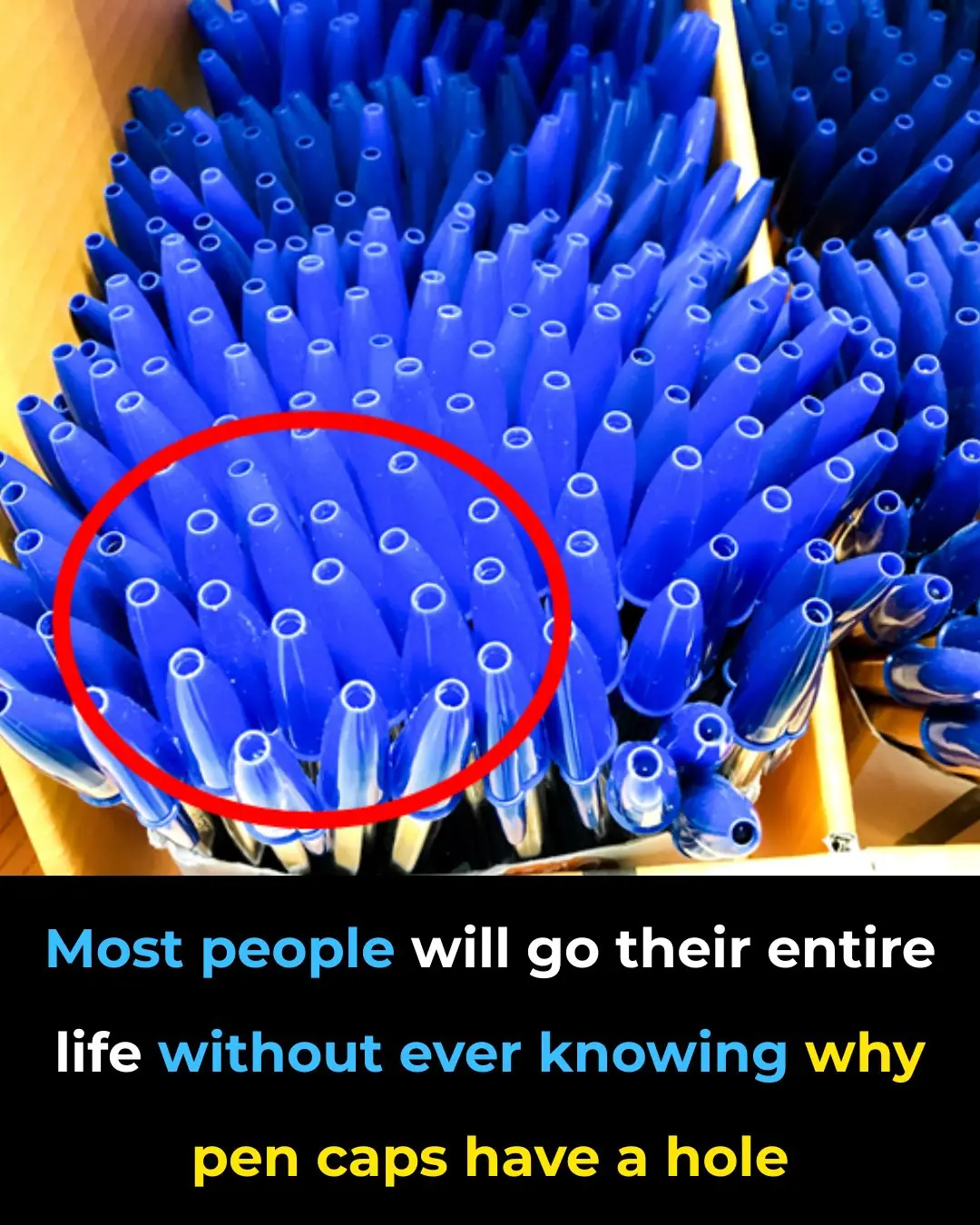
Most People Will Never Know — The Real Reason Pen Caps Have Holes
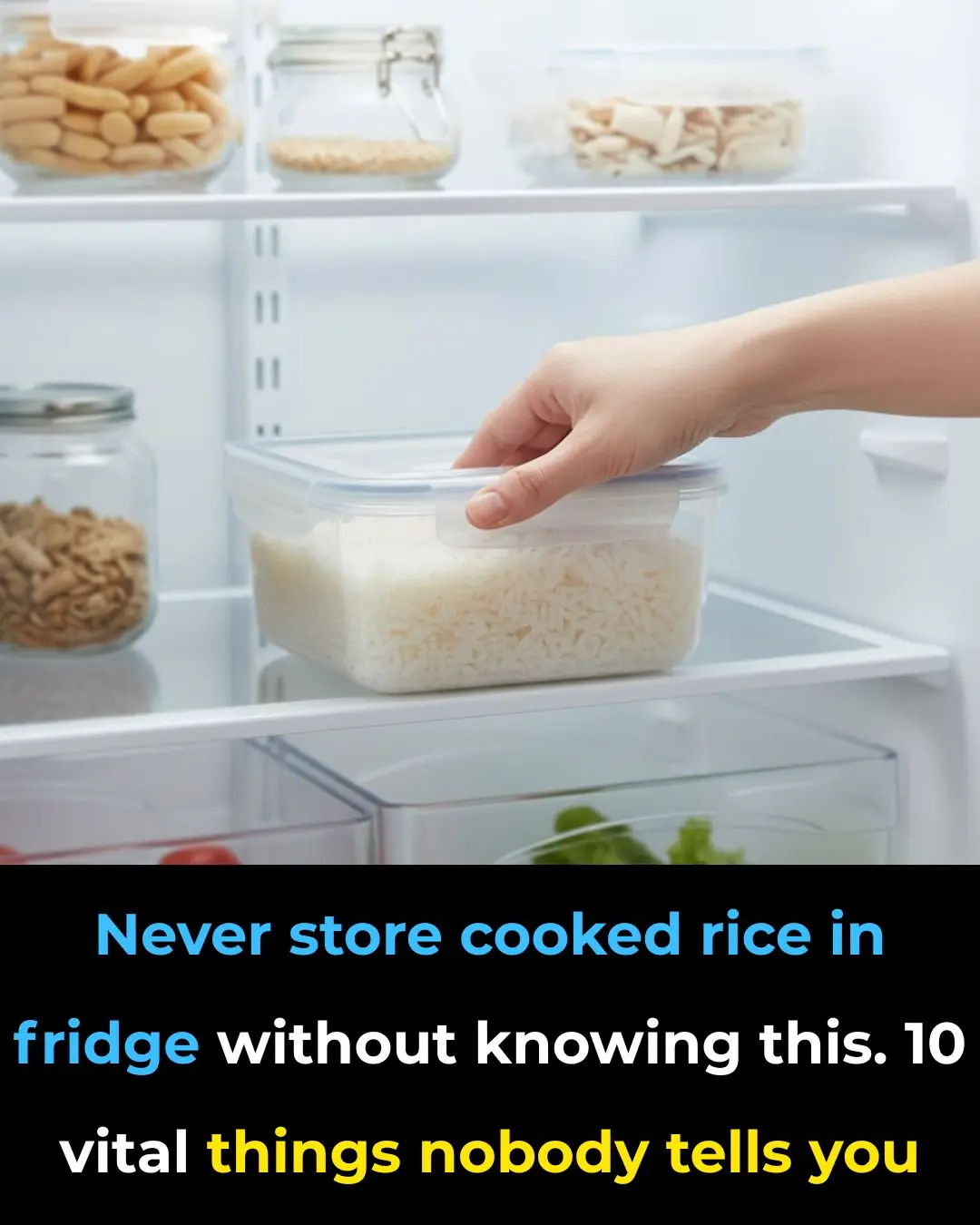
I Had No Clue About This — The Right Way to Store Cooked Rice Safely
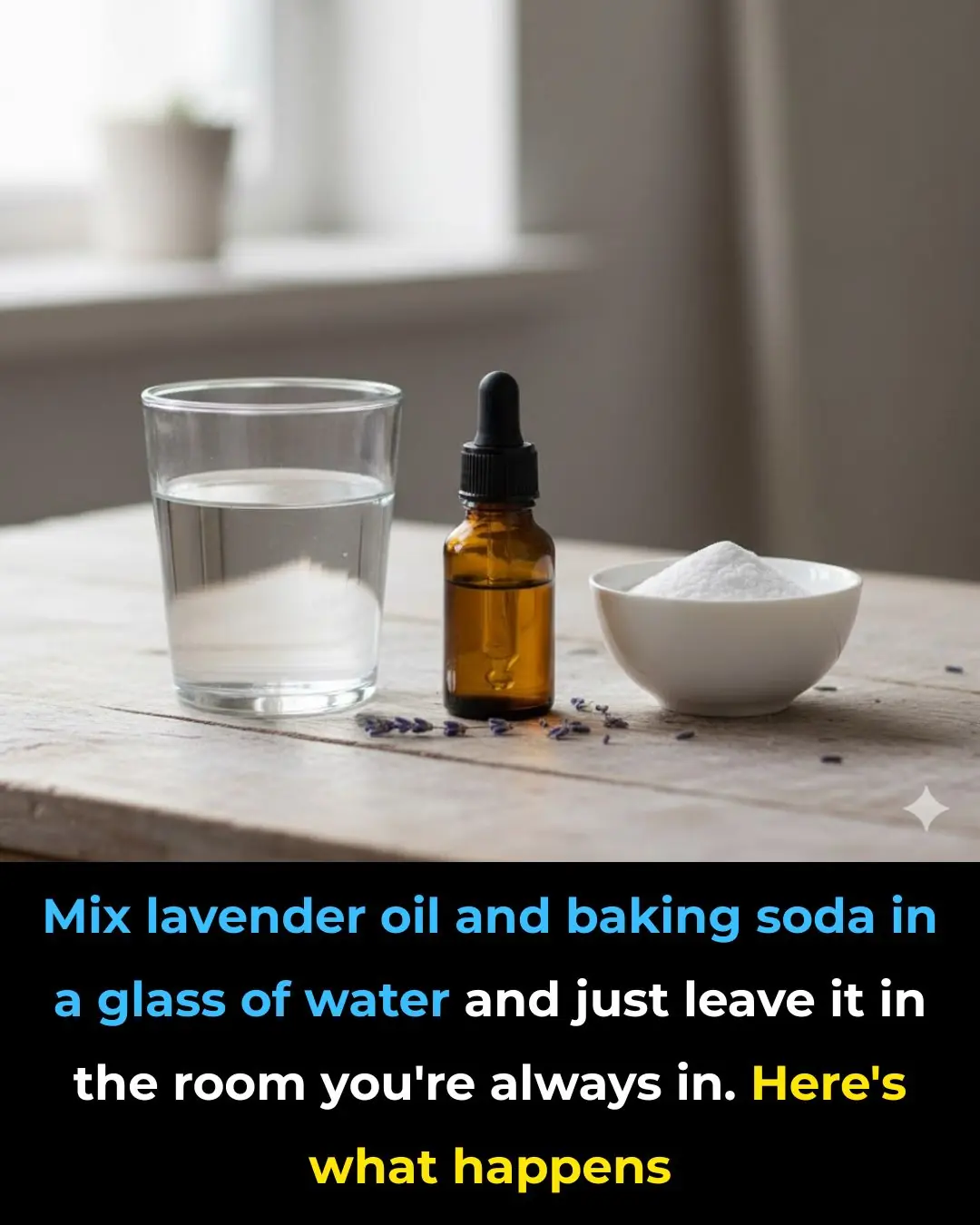
Just Tried This — and Wow, It Works
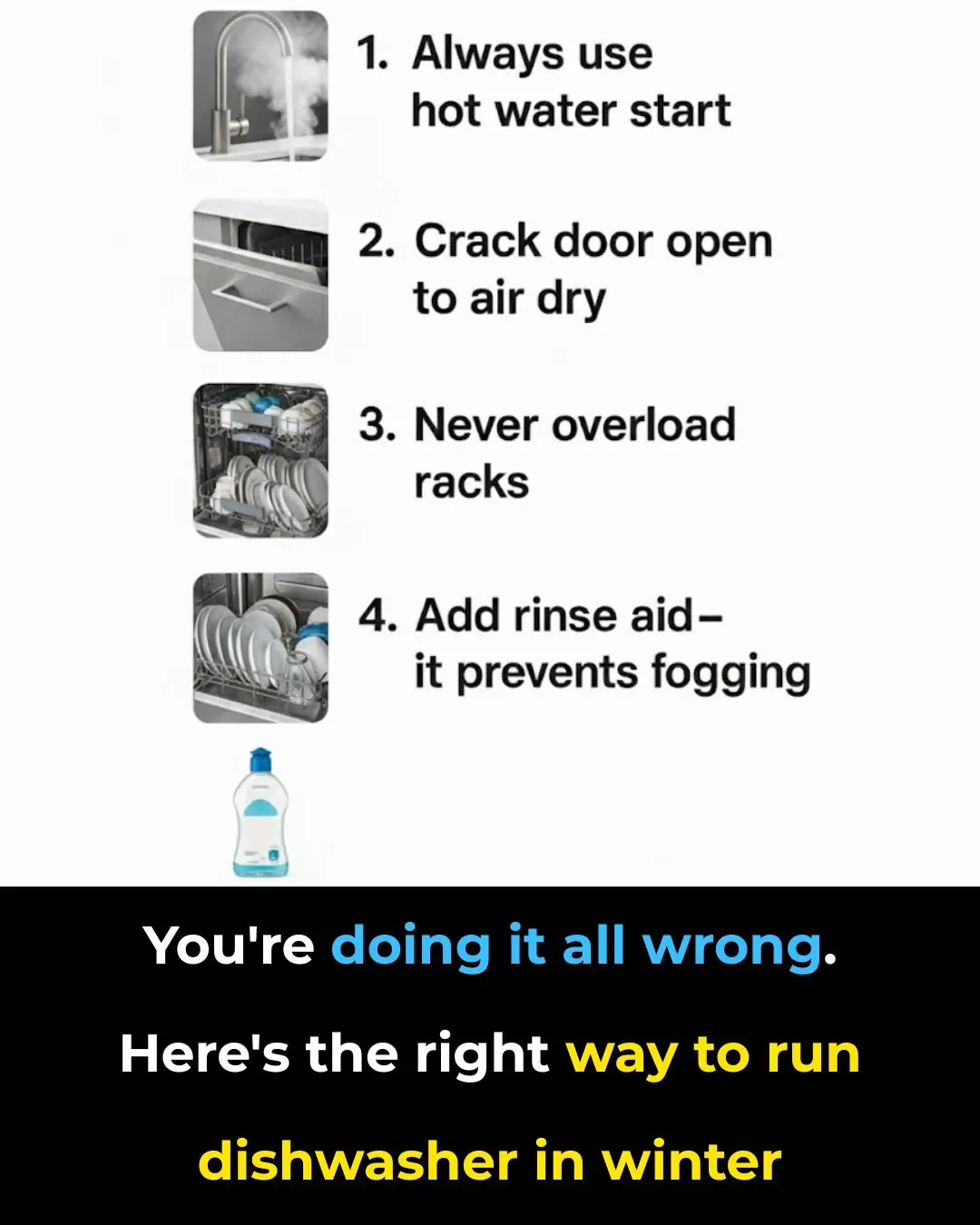
You're Doing It All Wrong: Here’s the Right Way to Run Your Dishwasher in Winter
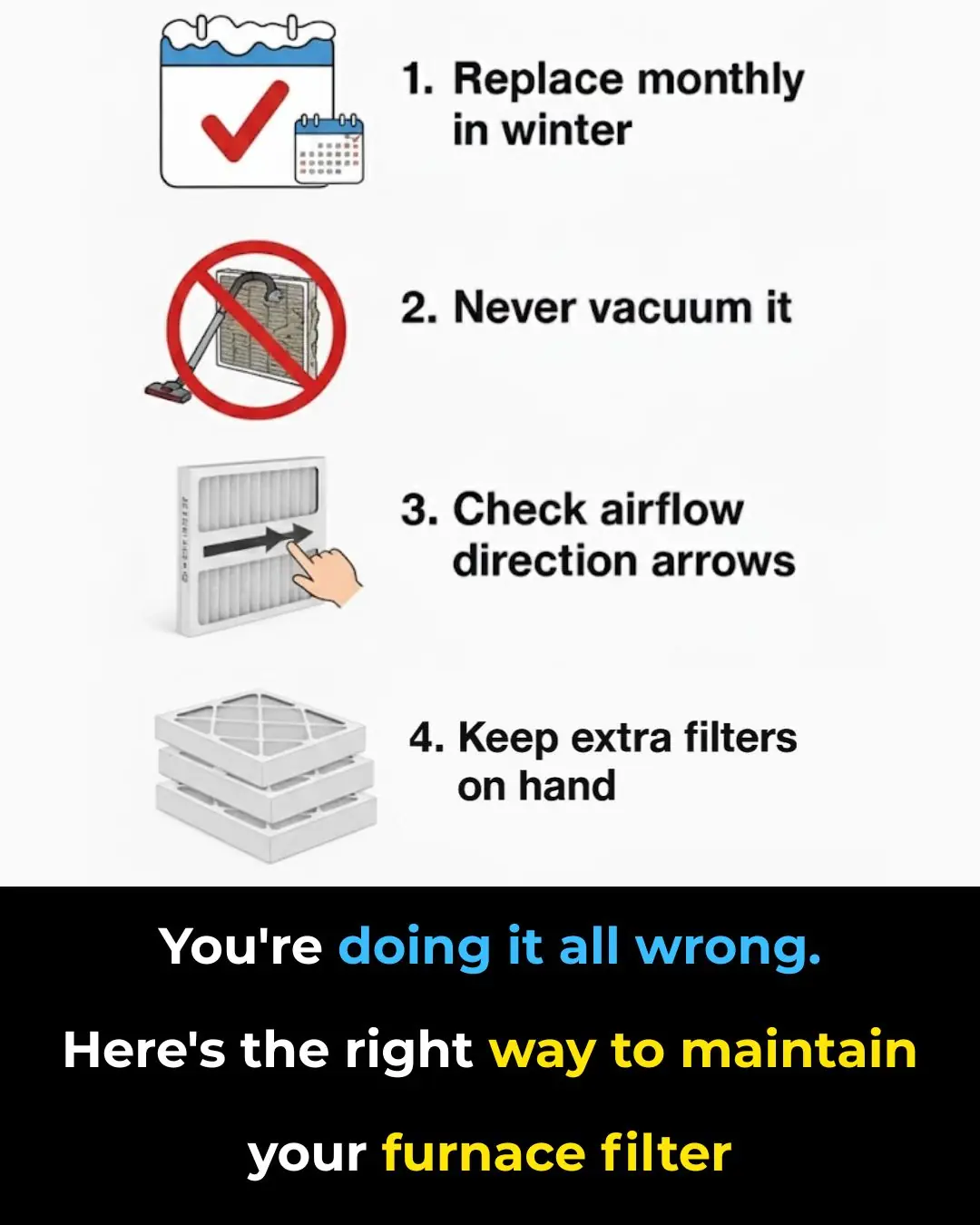
You're Doing It All Wrong — Here’s the Right Way to Maintain Your Furnace Filter

Strictly star La Voix pulls out of Blackpool live show due to injury as Shirley Ballas shares update

Coronation Street viewers plead with George to rescue Todd from manipulative Theo

‘She Was Trying to Provoke Me to Hit Her’: White Ohio Woman Falsely Accuses Black Boy of Stealing Wallet That Was Inside Her Purse

‘They Followed Us All the Way There’: Viral Video Shows Chicago School Kids Hunt and Ambush Mother and Her 9-Year-Old Son on Their Walk Home

Alan Carr admits it’s ‘nerve-wracking’ as he breaks silence on claims he’s ‘replacing’ Strictly hosts Tess Daly and Claudia Winkleman

Ravi kidnapped by drugs boss in early EastEnders release

Reinventing the Underground: How France’s Ancient Quarries Are Cooling Modern Cities

‘We’d Rather Throw $60K in a Club’—NBA Star J.R. Smith Confesses to Blowing Fortunes on Clubs Instead of Helping His Community

‘Doesn’t Qualify Because She’s Black’: Fans Of Angel Reese, A’ja Wilson Blast Forbes For Ranking Caitlin Clark ‘Most Powerful’ Woman Athlete In Sports

How Finland Is Turning Data Centers Into City-Wide Heating Systems

Keith Olbermann suggests he dodged a bullet as he gloats over ex-girlfriend Olivia Nuzzi’s latest scandals
News Post

I’m A Celebrity viewers ‘in tears’ as Jack Osbourne gets emotional over dad Ozzy’s death

You’re Storing Your Spices Wrong — Here’s How to Do It Properly

Most People Have No Clue — The Real Reason Your Jeans Have That Tiny Pocket

Most People Will Never Know — The Real Reason Pen Caps Have Holes

I Had No Clue About This — The Right Way to Store Cooked Rice Safely

Just Tried This — and Wow, It Works

You're Doing It All Wrong: Here’s the Right Way to Run Your Dishwasher in Winter

You're Doing It All Wrong — Here’s the Right Way to Maintain Your Furnace Filter

A Simple 1-Minute Trick to Soothe Bee Stings – My Dad’s Easy Home Remedy (Scientifically Explained)

Rose Essential Oil: New Research Shows 30 Days of Aromatherapy May Boost Gray Matter Volume
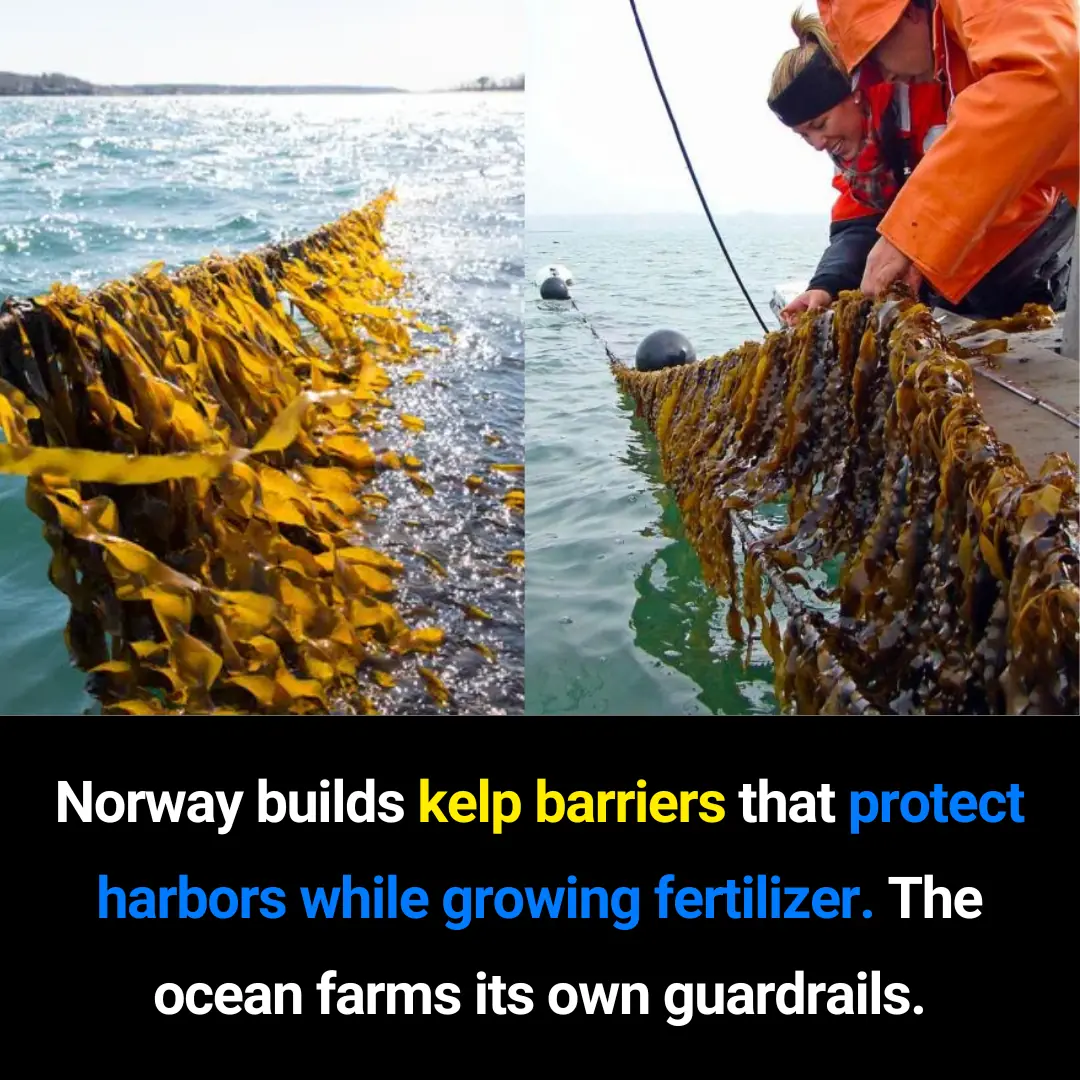
Norway’s Living Kelp Barriers: Nature-Built Protection for a Changing Coastline

EMBER — THE KITTEN WHO CAME OUT OF THE FIRE.
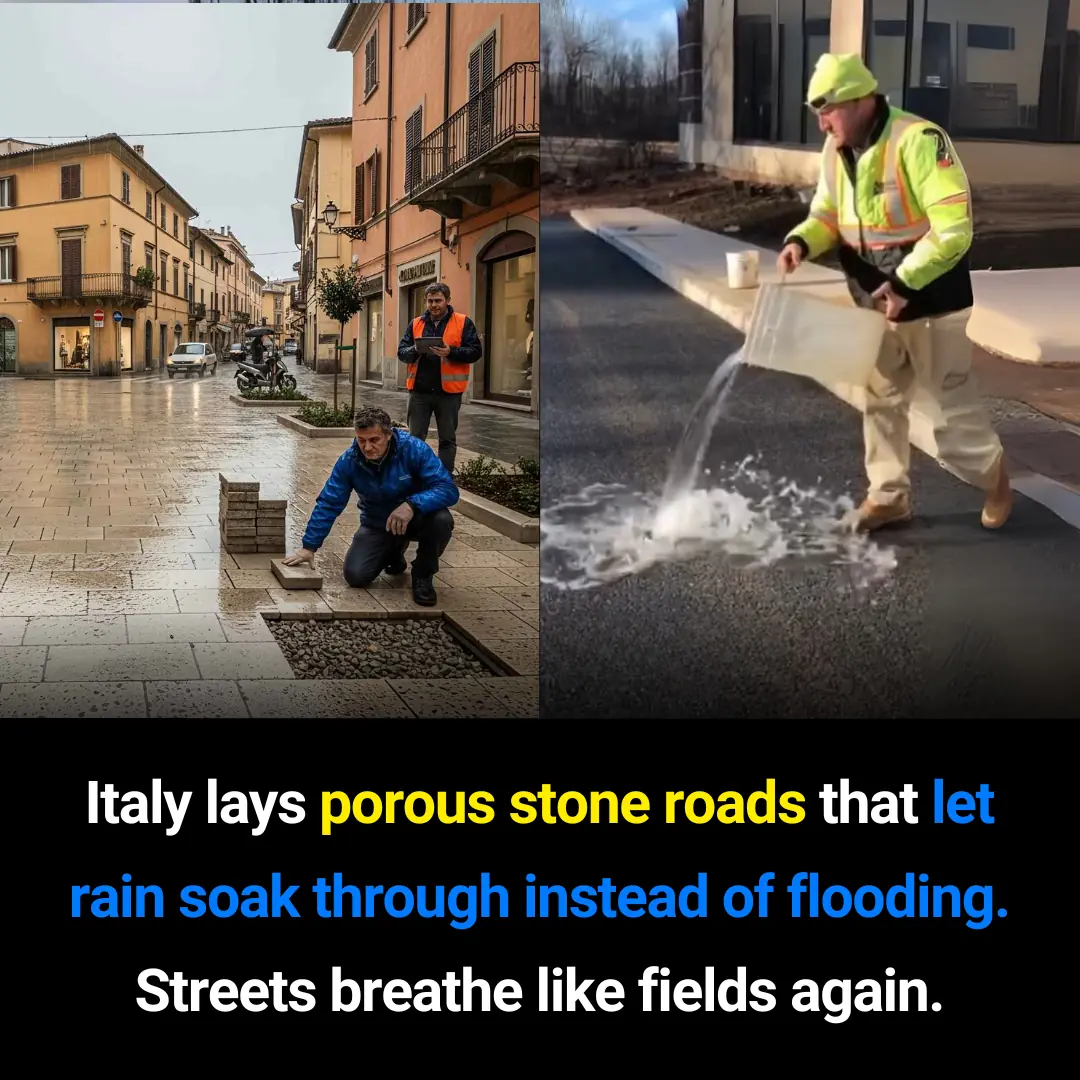
Italy’s Porous Streets: A Quiet Innovation That Lets Cities Breathe Again

When the Sky Attacked, Hundreds of Pelicans Waited for a Miracle.

The Little Dog Behind the Fence With the Biggest Heart.

The Moment a Wild Elephant Taught a Human a Lesson.

The Elephant Who Came Looking for Mangoes.

The Cowboy and His Champion.
